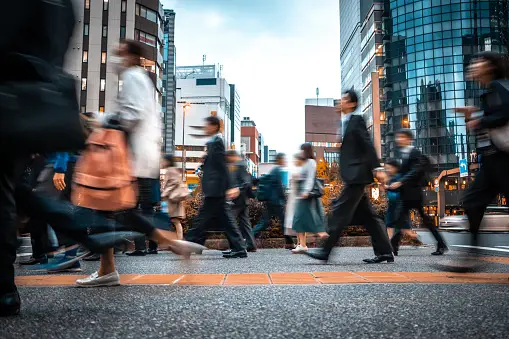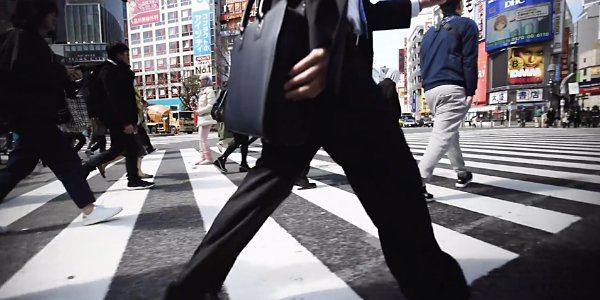The Definitive Guide to Street Photographers
The Definitive Guide to Street Photographers
Blog Article
Facts About Street Photographers Revealed
Table of ContentsNot known Details About Street Photographers Little Known Questions About Street Photographers.The Single Strategy To Use For Street PhotographersSome Known Details About Street Photographers Facts About Street Photographers Revealed
Road digital photographers do not always have a social purpose in mind, however they like to separate and capture moments which might or else go unnoticed.Though he was influenced by a lot of those who influenced the street digital photographers of the 1950s and '60s, he was not mainly curious about recording the spirit of the street. The impulse to visually record people in public began with 19th-century painters such as Edgar Degas, douard Manet, and Henri de Toulouse-Lautrec, that worked side by side with digital photographers attempting to catch the significance of urban life.

Offered the great top quality of his photographs and the breadth of product, architects and musicians typically acquired Atget's prints to make use of as referral for their very own job, though commercial rate of interests were hardly his major motivation. Rather, he was driven to photo every last residue of the Paris he loved.
A Biased View of Street Photographers
They disclose the city with his eyes. His work and fundamental understanding of photography as an art kind acted as ideas to generations of photographers that followed. The future generation of road photographers, though they likely did not refer to themselves thus, was introduced by the photojournalism of Hungarian-born professional photographer Andr Kertsz.
Unlike his peers, Brassa utilized a larger-format Voigtlnder camera with a longer direct exposure time, requiring him to be much more calculated and thoughtful in his technique than he could have been if making use of a Leica.
Cartier-Bresson was a champ of the Leica video camera and among the first photographers to optimize its capabilities. The Leica permitted the digital photographer to connect with the environments and to capture minutes as they occurred - Street Photographers. Its reasonably small size additionally assisted the photographer fade right into the history, which was Cartier-Bresson's favored strategy
The smart Trick of Street Photographers That Nobody is Discussing
It is as a result of this essential understanding of the art of photo taking that he is commonly attributed with discovering the tool all over once more roughly a century since its innovation. He took photos for greater than a half century and affected generations of digital photographers to trust their eye and intuition in the moment.
These are the questions I shall attempt to answer: And then I'll leave you with my own interpretation of street photography. Yes, we do. Let's kick off with specifying what a definition is: According to it is: "The act of specifying, or of making something guaranteed, distinct, or clear".
No, certainly not. The term is both limiting and deceiving. Seems like a street digital photography should be images of a streets right?! And all street professional photographers, except for a little number of absolute beginners, will totally value that a street is not the key element to road digital photography, and in fact if it's a photo of a street with perhaps a couple of monotonous individuals doing absolutely nothing of interest, that's not road photography that's a picture of a road.
He makes a valid factor don't you think? While I agree with him I'm not sure "candid public digital photography" will catch on (although I do kind of like the term "honest photography") due to the fact that "street photography" has been around for a long time, with several masters' names affixed to it, so I believe the term is here to stay.
The 8-Minute Rule for Street Photographers
Inside?! I hear you shout as you tremble your hand to the sky. Why not? You can shoot at the beach, at a celebration, in an alley, in a park, in a piazza, in a cafe, at a museum or art gallery, in a metro terminal, at an occasion, on a bridge, under a bridge ...

Some Known Facts About Street Photographers.

Report this page